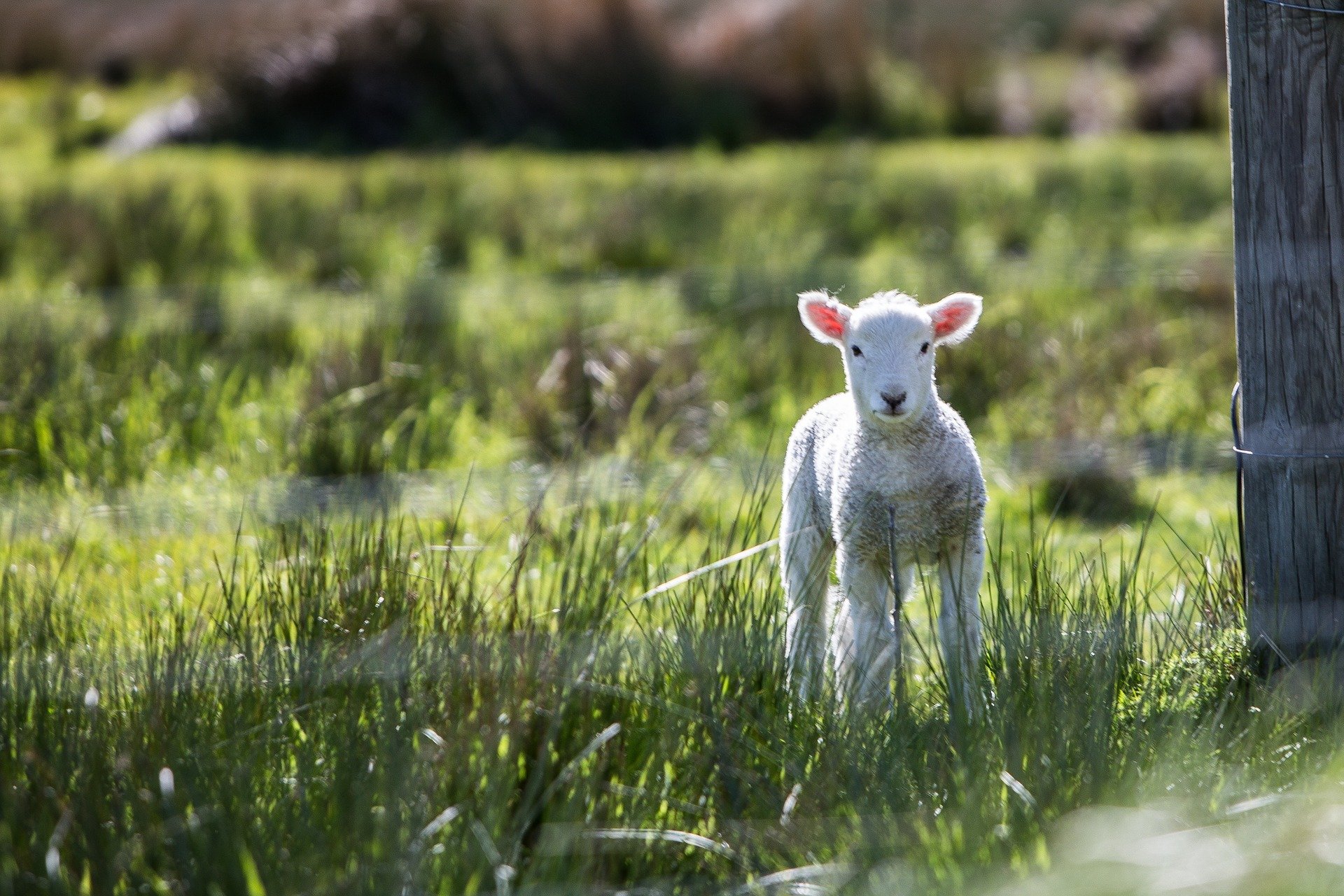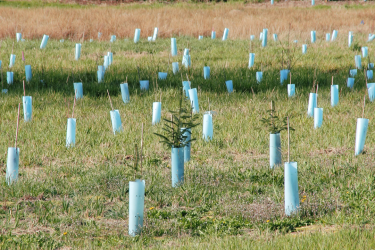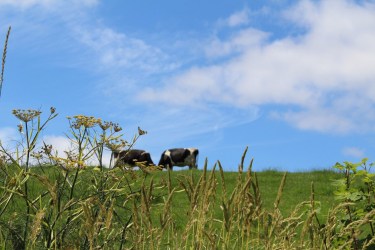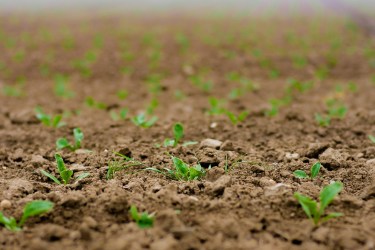By Laura Simpson
If the sheep industry is going to survive events such as the increased duty-free quota agreement with Australia or the plan to phase out the Basic Payment Scheme, then it needs to learn to adapt.
If you’re a sheep farmer, now is the time to look at the functionality of your business and evaluate how each area of your business performs. Not forgetting that understanding what your other options are is also going to be paramount.
Looking further afield
Figures taken from the Quality Meat Scotland (QMS) 2020 Beef and Sheep Enterprise Profitability paper showed that while Upland flocks, on average (before subsidy), made a net margin per ewe of £7.21, both Hill and Lowland flocks made a loss of £22.42 and £4.34 respectively. One stand-out point is that the flocks in the top third for financial performance across land types, relied upon up to 75% more unpaid family labour than the bottom third.
These figures, albeit averages, show that an ability to control fixed costs could result in a more profitable business. But is it realistic to say that if you want to survive post-subsidy, you must work longer and harder for “free”? Or is the answer something different entirely?
Historically, we have viewed land as a means to physically support grazing livestock, but the various sustainable farming and land initiatives are going to give farmers a completely different perception of their land’s worth. While there is a real fear that marginal ground is being pinpointed as the answer to Britain’s need to grow more trees, this does not have to be a win-lose situation.
It would be unrealistic for me to say that every sheep farmer is going to come out of these changes unscathed, and the idea for some that “good ground” may need to be taken out of agricultural use in order for their business to survive will simply be too much. But on the flip side, if a marginal change in land use makes your business financially viable, and allows you to continue to do the job you love, is it really a step in the wrong direction?
Now is the time to ask the question “What is your farm for?”. Look again at what your farm provides; it could be food, carbon offsets, amenities or something else. Social pressure regarding how agriculture is viewed, alongside policy change, is likely to make the answer a mix of many things. Understanding and executing this is going to take careful thought and decisive action.
Adapting to a new normal
Traditional farming, as we know it, is going to change but that does not mean that we’ve reached the end of the story. Your farm has wider value and there will be opportunities to use this to protect your future.
My advice is simple: assess your business honestly, disregard nothing and don’t look back.
Did you know that we’re offering free one-to-one advisory support to assist you through the agricultural transition, as part of Defra’s Future Farming Resilience Fund?
We are accepting applications now from the Dairy, Beef and Sheep sectors in England.
We aim to support you through this agricultural transition by:
- Identifying how, what and when you may need to adapt your business model
- Helping you to evaluate the changes that are happening, how it will impact on your BPS and the other opportunities that are on offer
To make the most of this opportunity, register your interest now!








